"Through Seneca Falls, and Selma, and Stonewall." With this phrase, Barack Obama rewrote our national narrative of freedom and equality. That story, the president urged, runs from mid-nineteenth century struggles for the rights of women, into the modern civil rights campaign for racial justice and on through the 21st century battles for the rights of LGBTQ Americans. The president only hinted at the strong relationship between these movements. What President Obama termed our quest for "tolerance and opportunity; human dignity and justice" has always been shaped by intersecting interests and experiences.
At Seneca Falls were women who developed their political skills in the anti-slavery movement. Their allies in that early women's movement included black Americans such as Frederick Douglass and Frances Ellen Watkins Harper who condemned prejudice grounded in race and in sex as irrational. At Selma, the leadership organized marchers who demanded voting rights. Present was Bayard Rustin, a key civil rights strategist, whose identity as a gay man generally kept him out of the spotlight. During the three-day long Stonewall uprising, gay, lesbian, and transgendered people challenged the criminalization of LGBTQ sexuality. Among those who confronted the New York City police was Stormé DeLarverie, a performer and bi-racial lesbian woman who some have deemed the gay community's Rosa Parks. The stories of Seneca Falls, Selma, and Stonewall are not separate tales; they are woven together through lived experience.
Understanding these intersections of social justice reshapes our thinking today. At the University of Michigan, these lessons came to light as we planned a semester-long project called Understanding Race. What principles might guide such a project? Our answer anticipated President Obama's inaugural vision and then went further. To understand race, we concluded, we must explore the intersections that link the history and experience of race to other narratives of dignity and justice. And then we began to envision what a discussion might look like.
Through 100 events and 16 exhibits, we are charting out a new collective narrative, one that is far reaching and inclusive. We have heard from performer E. Patrick Johnson about the experience of being a minority within a minority through an exploration of the southern black gay community. Ending hate extends beyond race, explained Morris Dees of the Southern Poverty Law Center, whose work includes combatting hate and violence directed at LGBTQ people and immigrants. Race is not a black-white matter, novelist Elizabeth Atkins challenged through her poetic reflections on being mixed race -- black, white and Native American. The politics of race is changing and scholars Nadine Naber and Evelyn Alsultany will explain how Arab American identity and activism have been remade after 9/11. Race is not only a question for the United States and Didier Fassin will explore how in France racism, while evident in social life, is ignored in public policy.
Yes, to understand race we must understand Seneca Falls, Selma, and Stonewall. But for the Understanding Race Project, that is just the beginning.
